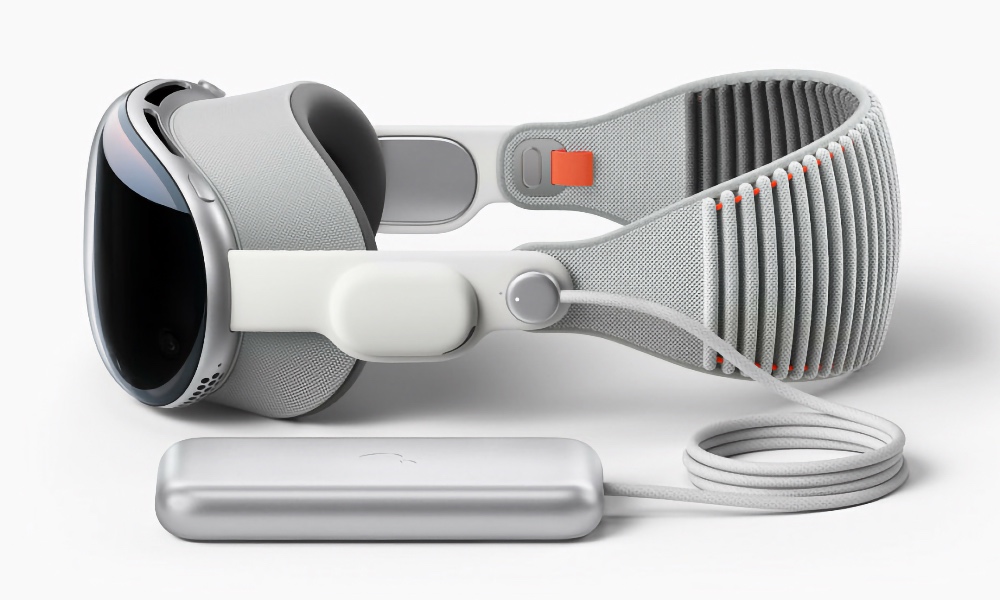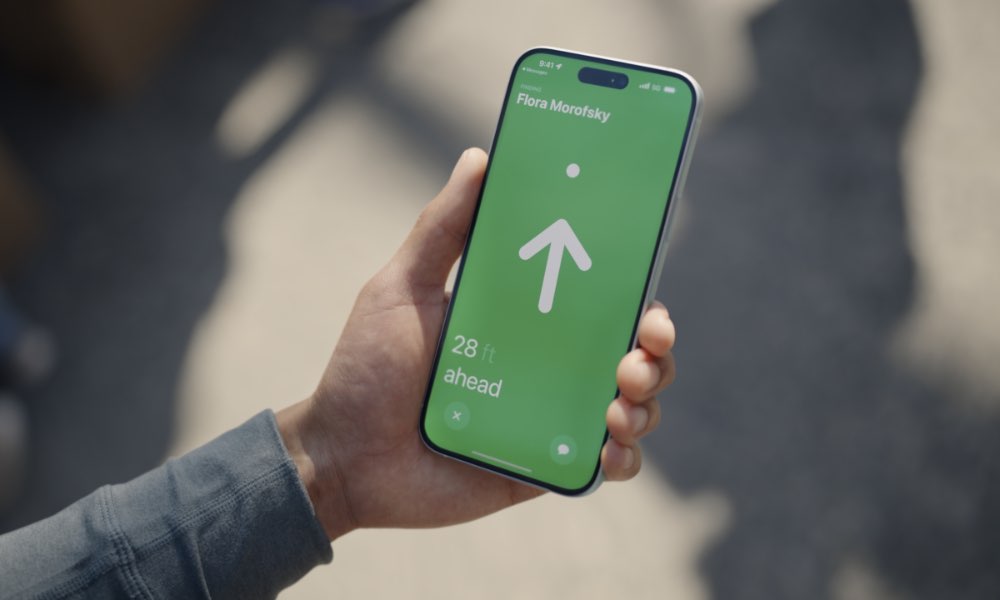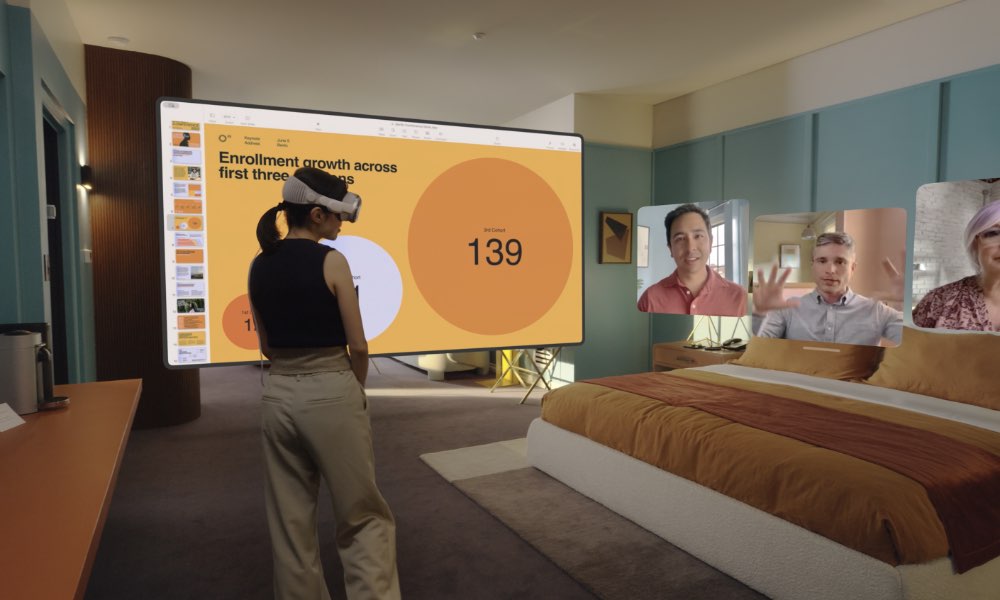Apple’s Vision Pro Receives FCC Approval — Revealing Another Surprising Omission

Toggle Dark Mode
In a rather unusual twist, Apple’s upcoming Vision Pro won’t be gaining the latest Wi-Fi and Ultra Wideband technology found in Apple’s latest high-end iPhones and MacBooks.
With Apple’s new spatial computing headset set to go up for pre-order this week, the Vision Pro has cleared its final hurdle for sale in the US, with the Federal Communications Commission (FCC) publishing the filings and test reports.
Apple’s FCC approval filings are often kept confidential until they must be disclosed as per government regulations, and while the company regularly asks for extended confidentiality periods for certain materials, testing of wireless signals is what the FCC does, so these documents need to be fully disclosed once approval has been granted.
In this case, the FCC certifications reveal that Apple’s Vision Pro will be using the same Wi-Fi 6 technology that’s been the norm for Apple products since the era of the iPhone 11, rather than the leading-edge Wi-Fi 7 or even the expanded Wi-Fi 6E.
Specifically, the filing shows that the Vision Pro doesn’t operate in the 6 GHz frequency range, which is a prerequisite for Wi-Fi 6E or Wi-Fi 7 support, but rather only the 2.4 GHz and 5GHz bands used by Wi-Fi 6.
There are also no documents that support the presence of Apple’s U1 or U2 Ultra Wideband (UWB) chips, suggesting that UWB support will also not be part of the Vision Pro, at least not in the traditional sense.
While many other Apple devices include UWB chips, these serve specific purposes that may not apply to the Vision Pro in the same way. For instance, AirTags and the latest AirPods Pro use them to offer Precision Finding as part of Apple’s Find My network, while the iPhone and Apple Watch have UWB chips for things like Car Key, AirDrop, and, in the case of the new U2 chip in the iPhone 15, finding a friend or family member in a crowded place.

Since you’re unlikely to lose a $3,500 headset in the recesses of your couch or use the Vision Pro to unlock your car, UWB support is arguably less necessary on such a device. It might rule out a long-rumored augmented reality precision finding feature for AirTags, but it’s also possible that Apple could have other ways of solving this that don’t require UWB hardware.
While some of these omissions may seem disappointing for a $3,500 headset, they’re not surprising when you take a step back and think about it. Apple doesn’t typically include bleeding-edge technology for its own sake; everything that goes into a product like the Vision Pro is carefully thought out. Wi-Fi 7 may be the cool new kid on the block, but none of Apple’s devices support it yet, and there’s no logical reason why the Vision Pro should be first beyond the perception created by its much higher price tag.

However, you can also spend over $7,000 on a maxed-out 16-inch MacBook Pro with Apple’s latest M3 Max chip, and you’ll still only get Wi-Fi 6E — and even that only came in the last round of updates. Apple’s M2-based Macs — even the similarly-priced M2 Max MacBooks — only offered Wi-Fi 6, and no Mac includes a UWB chip. Apple’s Vision Pro uses the same M2 chip as the latest MacBook Air and Mac mini models.
The FCC authorization became official on January 16, 2024, which means Apple is now legally allowed to sell the Vision Pro in the United States. Before that, the fine print on all of its marketing included the following disclaimer:
Apple Vision Pro has not been authorized as required by the rules of the Federal Communications Commission. This device is not, and may not be, offered for sale or lease, or sold or leased, until authorization is obtained.
Despite the FCC’s publication of Apple’s submissions, a few things remain confidential. This includes “short-term” confidentiality for external and internal photographs, test setup photographs, and the user manual, which the FCC won’t publish for another 180 days. Other information, such as schematics, block diagrams, software security descriptions, and antenna specs, will remain confidential indefinitely.







